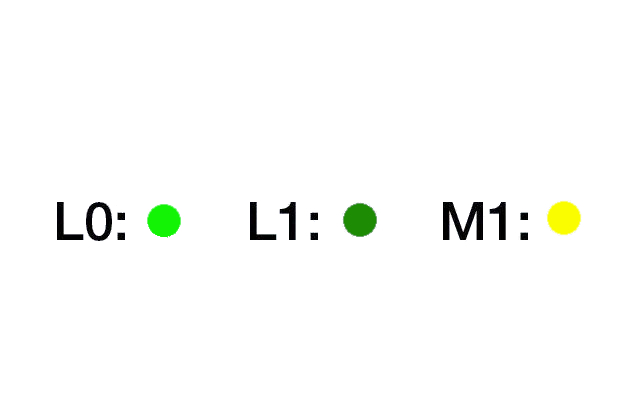- Technology
- Shop
-
Solder wire
-
- Solder wire lead free
-
» LFM-48 S+M (Sn-3.0Ag-0.5Cu+α) 217-221°C
- DB-ZERO LFM-48M
- SRS-ZL LFM-48 S (3.5%)
- GUMMIX-19 NH LFM-48-S (3.5%)
- DB-1 RMA LFM-48M (3.5%)
- SR-38 RMA LFM-48 S (3.50%)
- GUMMIX-21 Zeta LFM-48-M (3,50%)
- BT-19 LFM-48 S (3.50%)
- QB-1 LFM-48 M 3.5%
- SR-LA Super LFM-48-M (3,50%)
- SR-37 LFM-48 S (4.50%)
- SR-37 LFM-48 S (3.50%)
- SR-37 LFM-48 S (2.50%)
- SR-55 LFM-48 S
- » LFM-22 S (Sn-0.7Cu+α) 228°C
- » LFM-23 S (Sn-0.6Cu-0.05Ni-0.035Fe) 228-229°C
- » LFM-41 S (Sn-0.3Ag-2.0Cu+α) 217-271°C
- » LFM-48 (Sn-3.0Ag-0.5Cu) 217-220°C
- » SJM-03 S (Sn-0.3Ag-0.7Cu+2.0Bi+α) 210-226°C
-

-
-
Solder paste
- Solder bars
- Flux
- Applications
- Company




